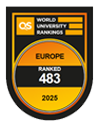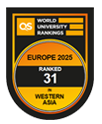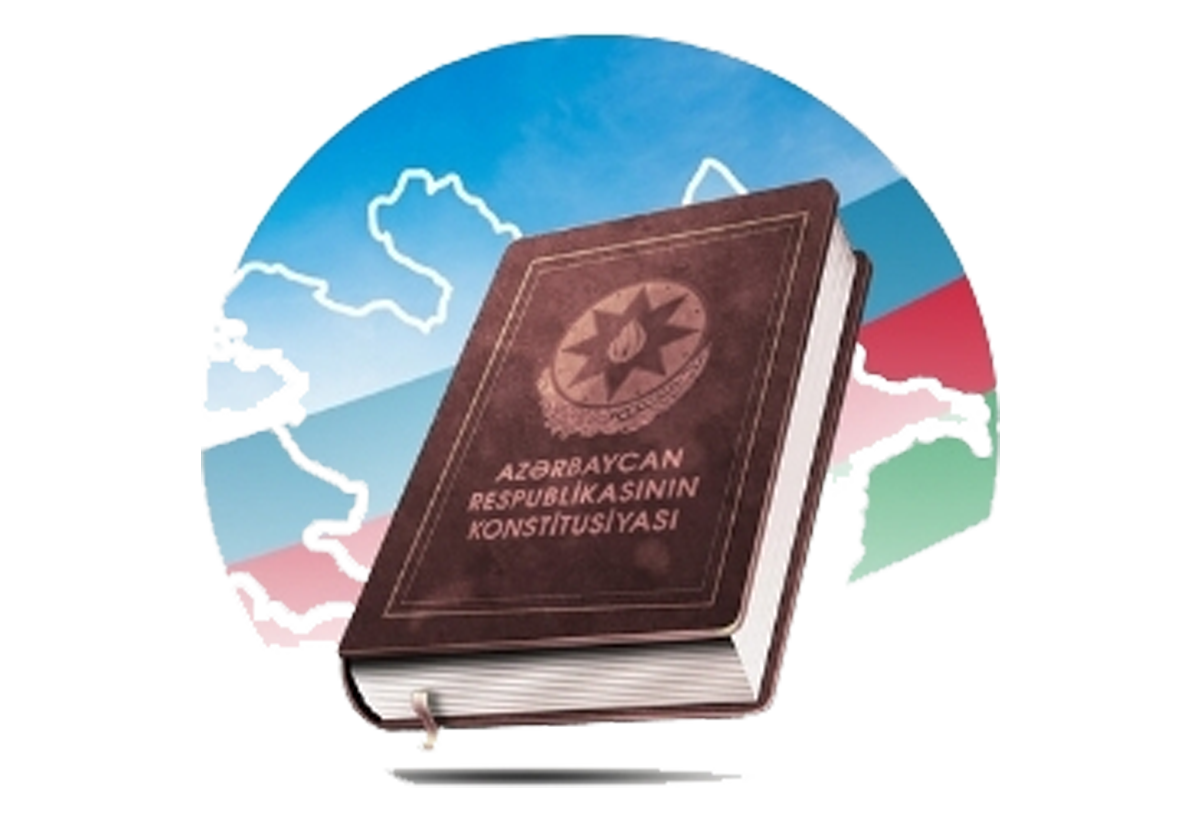The role of the Yerevan Teachers' Seminary in the training of Azerbaijani teachers
Every nation has its history.The Yerevan Teachers" Seminary which is an example of the national and spiritual heritage created by the Azerbaijani Turks in the historical Iravan district for thousands of years is a valuable cultural and educational heritage of the Yerevan intellectuals. In this regard, the Order of the President on the celebration of the 140th anniversary of the Yerevan Teachers" Seminary is of great political-ideological, cultural-spiritual, scientific-pedagogical significance.
Located at the north-south trade junction of the lands of Western Azerbaijan, the Iravan Khanate was one of the leading centers of science and education of the muslim national enlightenment. Sharia rules reading and writing were taught in mosques, mullahs and madrasas here. Many representatives of the Iravan intellectual elite grew up in the madrasas which were educational schools of that time, and it is enough to mention only the prominent doctor and scientist Haji Suleiman ibn Salman Gajar Iravani who lived in the XVIII century.
After the occupation of the Iravan Khanate by Russia in 1828, the "Armenian province" was established in the lands of ancient Azerbaijan later the tragic period of our history began. Becoming a national outpost of the Russian Empire, Yerevan was a strategic location of special importance in the south of the empire and a leading geopolitical center of historical transformation. Thus, the organization of a new method of education that served the interests of Russia in Yerevan which occupies an important geopolitical position in the triangle of Iran, Turkey and Russia became an important factor. Although the establishment of a new type of schools at first sight served the strategic interests of Russia, it was of special importance in the training of intellectuals and Azerbaijani teachers in Yerevan, who did not forget their national identity.
The establishment of a new school system in Yerevan dates back to the 1930s. In order to implement the policy of Russification and Christianization of the local peoples, the tsarist government in 1829 adopted the first charter of the Transcaucasian schools, which provided for the opening of emergency schools in the national outlying areas. According to this charter, it was planned to open 20 emergency schools in the South Caucasus. In 1832, the first secular school - a two-class provincial school - was established in Yerevan. The school was transformed into a three-class provincial school in 1839 and into a four-class progymnasium in 1869. On October 20, 1880 the Russian State Council adopted a resolution "On the organization of teachers "seminaries in Kutaisi and Yerevan provinces" and on November 8, 1881 the Yerevan Teachers" Seminary began its work with 9 teachers and 42 students.
It should be noted that according to the first regulations of the Teachers" Seminary, Orthodox boys over the age of 16 could be admitted to this type of educational institution. The Instruction on Teachers" Seminary, adopted in 1875, allowed Muslims to study in seminaries as well as Orthodox. The period of study at the seminary was 3 years, there was a preparatory class and an exemplary primary school. The students had a pedagogical internship at that school. There was also a boarding house (dormitory) under the seminary. Along with Azerbaijanis, children of armenian, georgian, russian and other nationalities also studied here. Akhund Mammadbagir Gazizadeh, a prominent Azerbaijani educator was the first Azerbaijani teacher at the Yerevan Teachers" Seminary. From the opening of the seminary until 1897 he taught theology and the Azerbaijani language here. At different times, Mirza Mammadvali Gamarli, Rashid bey Shahtakhtinski, Hamid bey Shahtakhtinski, Jafar bey Jafarbeyov, Mammad Akhundov, Mirza Jabbar Mahammadzadeh taught sharia or the Azerbaijani language at the seminary.
The teaching of the Azerbaijani language and Sharia at the Yerevan Teachers" Seminary was not accidental. Because the majority of the population living here were Azerbaijani muslim turks. After receiving their first pedagogical education, Azerbaijani youth who came to the seminary to study devoted their lives to the establishment of primary schools in Azerbaijani villages or to the teaching profession in existing primary rural schools. The "Azerbaijani language program" written by FB Kocharli, a prominent Azerbaijani educator working as a teacher at the Yerevan Gymnasium at that time was used in the seminary. The materials prepared by the teachers and the manuscript of M. Elkhanov"s textbook "Vatan dili" were use both in the model school under the seminary and in the gymnasium.
Students were taught Russian language, mathematics, theology, history, geography, physics, natural sciences, singing, calligraphy, painting and drawing. After learning the Russian language, Russian traditions, history and geography, Azerbaijani children could read with Christian children. Children who did not speak Russian were admitted to the lower preparatory class. It was not mandatory for Azerbaijani students to enter lower preparatory classes and study at a seminary for 5 years. The level of preparation of students was taken into account when completing the classes. Students who could speak Russian and had a certain level of preparation were admitted to higher preparatory classes or first grade.
The Yerevan school, gymnasium and finally the Yerevan Teachers" Seminary, in addition to leading the training of Azerbaijani teachers were also engaged in cultural and educational activities in all regions of the country. The graduates , one of the first initiators of textbooks in the native language published articles in the press in both Russian and Azerbaijani languages, both literary and artistic, as well as public education. The graduates of the seminary like the intellectuals of Western Azerbaijan, were worthy propagandists of both the socio-pedagogical movement in Azerbaijan and the process of self-determination, from the Muslim religious identity to the ethnic identity and ultimately the national destiny. At the end of the 19th century, most of the teachers and principals working in rural schools in the South Caucasus were those who had won the right to teach at the seminary in different years. It is enough to name a few of them. We can mention Jalil Mirzayev, Tagi bey Safiyev, Mammad bey Gaziyev, Ibadulla bey Muganlinski, Jabbar Mammadov, Shamdan Mahmudbeyov and others. The seminary was sometimes headed by Jakob Stepanovich Sushevsky, Ivan Andreyevich Pasyutevich, Mikhail Alekseyevich Miropiyev, Valentin Vasilyevich Dubromin. During his tenure, about 300 Azerbaijani teachers and students studied at the seminary and about 500 at the new methodical schools in Yerevan.
Graduates were required to work in assigned rural schools. It was clear in the document given to Mehdi Kazimov, a 1910 graduate of the seminary, that he was obliged to work for 6 years, otherwise he had to pay 520 rubles to the treasury.
It should be noted that after graduating from the Gori seminary in 1887, Jalil Mammadguluzadeh was appointed a teacher at the Ulukhanli school under the directorate of the Yerevan and Yelizavetpol public schools. Jalil Mammadguluzadeh met with leading Azerbaijani intellectuals, teachers and students who visited the seminary in Yerevan and exchanged views on the magazine "Molla Nasreddin". Teachers and students of the Azerbaijani branch of the Yerevan Teachers" Seminary also played an important role in the establishment of the "Molla Nasreddin" magazine in Yerevan.
In 1915, the Yerevan Teachers" Seminary was moved to Armavir and operated there until 1918. In 1918, due to the ethnic cleansing committed by Armenians against Azerbaijanis, the seminary ceased to exist, some teachers and students were brutally murdered and the survivors left their native lands and took refuge in Turkey and Azerbaijan. After the Bolsheviks came to power in Armenia in November 1920, the Yerevan Teachers" Seminary could not resume its work and even during the repression of 1937, the teachers and graduates of the seminary were subjected to "red terror."
Historically, the main task of our generations has been to own the material and spiritual heritage created by our people in Western Azerbaijan, the homeland of the Azerbaijani Turks. Stepping into the future with hope after the 44-day war, Azerbaijan has created new realities in the region and built its activities in line with future strategic goals. In his speech at the 6th Congress of the New Azerbaijan Party, President Ilham Aliyev said: "... we must not forget and do not forget our historical lands. This should be the direction for our future activities, as we are working in this direction today. Our historical lands are the Iravan Khanate, Zangazur and Goycha regions.
The head of the department of History and its teaching methods of
Sumgayit State University associate professor Sona Maharramova



